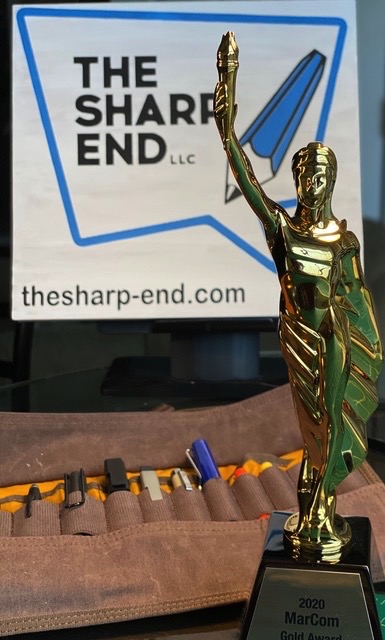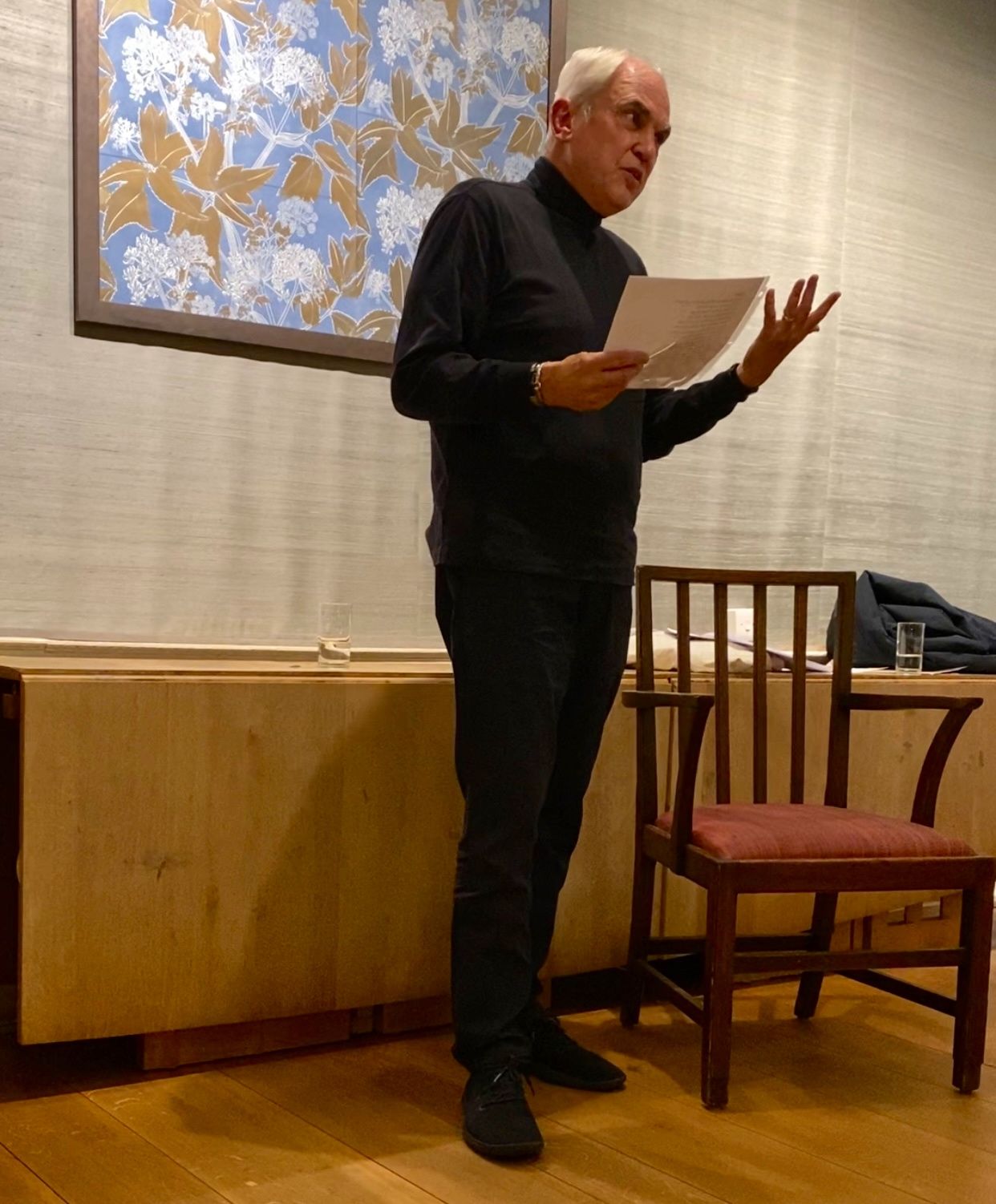
5 reasons why Marketing Awards create value.
One of my business highlights in a very challenging 2020 was winning a Marcom award for Strategic Communications & Branding. It is a source of great pride for me. But why is the award a highlight? Do Marketing awards really matter?
Awards have the perception of being an expensive waste of time. Companies and individuals pay not insignificant amounts of money and time for the entry process. And often, it appears that there is no apparent return on investment. If you add the travel price and an awards dinner ticket on top, it could be perceived as an expensive junket to massage a few elite performers’ egos. I beg to differ.
Trophies have been around since the time of the early Greeks. In those days, trophies were often constructed from the arms and armor of captured opponents. The trophies are less barbaric these days, but the purpose is not dissimilar. Awards these days signify the ability to “conquer” a brief and create something meaningful, differentiated, and effective that stands out from the crowd.
I have worked in many industries where awards are handed out. I have even received a few myself. Here are five reasons why I believe awards of any kind are worth their weight in gold, whatever carat.
1. Awards are a recognition of Marketing battlefields, navigated and conquered.
It’s hard to create and execute measurably excellent work. Briefs are often unclear, budgets are perennially reducing, deadlines are unrealistic, and multiple approvals required for all but the most straightforward projects. There is also a giant leap of faith in believing that incisiveness of thinking and uniqueness of creative execution is even a guarantee of success. For winners, an award recognizes that their creative scythe has managed to cut through the chaff to create meaningful value for a company or client.
2. Awards keep strategic and creative saws sharp.
Awards keep marketers on their toes. Most people don’t create campaigns for awards, but if a program is successful in the marketplace, submitting a nomination offers the chance to validate that body of work against competing projects. Most awards insist on validating the business impact of the work. Comparing entries provides a valuable insight into how much one strategy compares with another. For those wishing to improve their craft, all of the tools are there.
3. Awards enable valuable networking and team-building opportunities.
Some awards events are more glamorous than others. At a local level, awards events offer the opportunity to mix with peers and members of a broader community, building knowledge and connections that help both the individual and the company.
4. Awards attract winners.
For an in-house marketing or design team, awards recognize the excellence of the craft, rarely noticed or even understood deep within an organization. For agencies and consultancies, it is a validation of the talent they have invested in to deliver their clients value.
And new talent is attracted to organizations that deliver great work and are recognized for it.
5. Awards build teamwork and trust.
Whether it be a client and agency relationship or in house creative and business area partnership, an award helps develop the trust that creates insightful thinking patterns and managed risk-taking in creativity.
And so back to my award. When a business partner trusts you entirely with their client, and the client trusts you entirely with their organization, that is the holy grail. Strategists and creatives will move heaven and earth to help make a dent in the universe for those companies.
And in Greek award terms, that is worth “an arm and a leg.”







